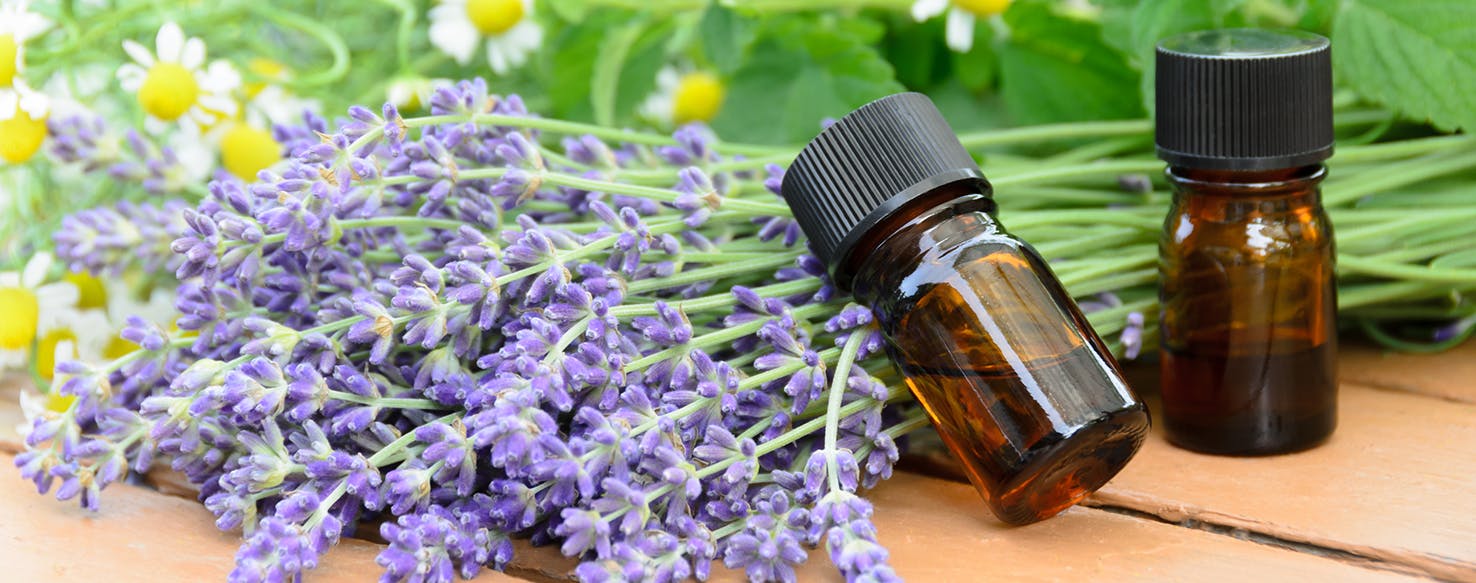Dating back to the ancient Egyptian times, long before modern medicine came about, essential oils were used to treat the ailments of both animals and people. The benefits of essential oils are apparent; they are a natural, holistic way to treat numerous conditions in dogs. Essential oils can also be used as a natural substitute when your dog is unresponsive to traditional medicine. There are many testimonials to the effectiveness of essential oil treatment.
So where do you draw the line? What factors make essential oils potentially unhealthy, or even dangerous for your dog? Many people assume the terms natural and safe go hand in hand. However, essential oils are only safe for your furry companion when used properly, carefully, and with the advice of a knowledgeable professional.
Let Your Veterinarian Diagnose Your Dog
That is their job, after all. Even though you are the one who knows your dog best, your veterinarian should be the main person to diagnose a health condition. You can spend quite a bit of time chasing your tail looking for the right essential oil combination, while you could be using that precious time to help your dog feel better.
For example, you could believe that your dog is having digestive issues, while the entire time, they have a slipped disk (this is actually quite common). Symptoms can often look very similar for two (or three, for that matter) completely different diagnoses. Let your vet be the expert on the diagnosis and you can be the expert in keeping your dog happy. As always, if you have an emergency situation, do not hesitate to consult your vet before trying to fix the situation yourself. Nothing is more important in the pet world than the well-being of the animal.
Try Each Oil Yourself
Although there is a multitude of information online regarding the use of essential oils on animals, all of these sources agree on one aspect; try the oil yourself before using it on your dog. This will help you to understand exactly how it feels before you put your dog through this treatment. It also helps you to understand the strength of each oil in order to figure out how much you should use. Did that lavender put you to sleep right away? Maybe you should back off on the dose before using it on your dog. Pay close attention to how it affects your senses and apply that knowledge to your dog’s therapy.
Research Each Ingredient
Knowledge is power. If you are using any type of essential oil for the first time, research it. See what others are saying about that specific oil. See what vets approve of this oil, or if there are any potential dangers to it. This research can also help you to find the best application for your therapy such as; diffusion, topically, and orally. Knowing what to expect from the oil will help you to effectively treat your dog.
Remember that in a world full of information, it is important to research several different sources. No doubt, you will find several different viewpoints for each essential oil treatment that you research. Some will be negative, some will be positive, just as some will be accurate and some will be inaccurate. As with any topic you research, look for signs of validity. Is this a company that is trying to sell you something? What do they have to gain from telling you that this certain oil is awesome (or awful)?
Start The Introduction Slowly
Don't jump on the bandwagon too quickly. Introducing your dog to the world of essential oils must be a slow process. That way you will know if this natural product is one that will help your dog. Lavender is a good oil to start with as it is commonly used and found to be tolerable by most dogs. Put a diluted amount (based on your dog's correct dosage) on your hand and rub it in. Let your dog smell your hand and observe their reaction. Are they accepting of the aroma, or have they turned away and left the room? If they seem to be tolerating the smell, follow this procedure for a few days before trying a diffuser. Other tips for initiating your furry companion to the world of oils are:
- Do remember that your dog's nose is more sensitive than yours
- Do discuss the use of essential oils with a veterinarian knowledgeable in the subject
- Don't use undiluted oils on your dog and do not add them to their water
- Don't continue use of the oils if your dog does not seem to like them
Store Oils Out of Reach of Your Pets
This is a big issue right now with the critics of essential oils. Pets getting into, and ingesting, large doses of essential oils is very dangerous, for obvious reasons. Make sure that you keep your oils in a dog-proof area, where there is no way that your dog can access the oils themselves. Keep them high and out of reach, in a container that your dog cannot penetrate.
Countless testimonials describe how the use of essential oils can benefit the overall health of your dog. Some of what has been discussed here might seem like common sense, but many times, when your pet is sick, or uncomfortable, you might feel the temptation to react without thinking or researching. It is easy to do. Remember that in these situations, it is best to prepare and prevent. Prepare by consulting your veterinarian, using the essential oil yourself first, and researching a therapy before using it. Prevent any potential danger with essential oils by properly storing them. Your dog will thank you.


